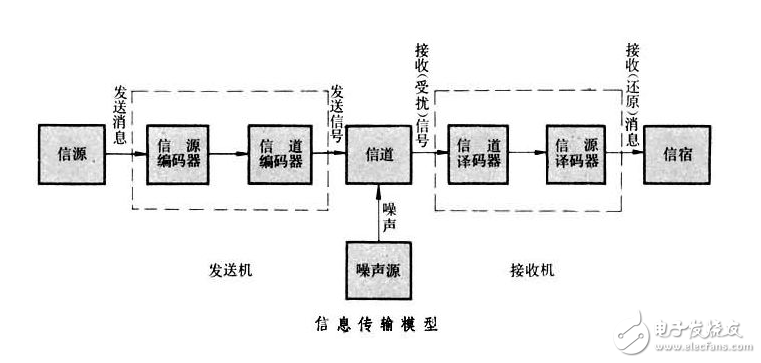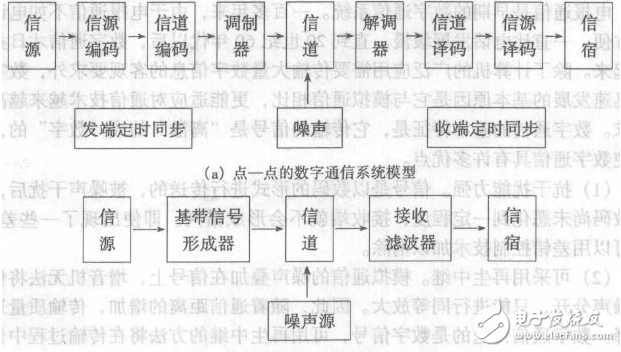source code Source coding is a transformation of source symbols for the purpose of improving communication effectiveness, or in order to reduce or eliminate source margins. Specifically, it is to find a method according to the statistical characteristics of the signal source output symbol sequence to transform the signal source output symbol sequence into the shortest codeword sequence, so that the average amount of information carried by each symbol of the latter is the largest. The original symbol sequence can be guaranteed to be recovered without distortion. source code. Transform the signal output by the source, including the discretization of the continuous signal, that is, the analog signal is converted into a digital signal through sampling and quantization, and the encoding is carried out to compress the data to improve the effectiveness of the digital signal transmission. effect 1. Try to reduce the number of symbols and reduce the rate of symbols, which is commonly known as data compression. 2. Convert the analog signal of the source into a digital signal to realize the digital transmission of the analog signal. channel coding Theories and methods for improving channel reliability implemented by channel encoders and decoders. One of the contents of information theory. Channel coding is roughly divided into two categories: 1. Channel coding theorem, which theoretically solves the existence of ideal encoders and decoders, that is, to solve the possibility of the maximum information rate that the channel can transmit and the transmission problem when it exceeds this maximum value. 2. Constructive coding methods and the performance bounds that these methods can achieve. channel coding. Re-transform the signal output by the source encoder, including encoding to distinguish channels, adapt to channel conditions and improve communication reliability. effect 1. During the transmission of digital signals, due to various reasons, bit errors are generated in the transmitted data stream, so that the receiving end produces image jumps, discontinuities, and mosaics. Therefore, through the process of channel coding, the digital stream is processed accordingly, so that the system has certain error correction ability and anti-interference ability, which can greatly avoid the occurrence of bit errors in the transmission of the code stream. Error processing techniques include error correction, interleaving, and linear interpolation. 2. It is the task of channel coding to improve the data transmission efficiency and reduce the bit error rate. 3. The essence of channel coding is to increase the reliability of communication. However, channel coding will reduce the transmission of useful information data. The process of channel coding is to insert some symbols into the source data stream, so as to achieve the purpose of error judgment and error correction at the receiving end. This is the overhead we often say . This is just like when we ship a batch of glasses. In order to ensure that the glasses are not broken during transportation, we usually pack the glasses with some foam or sponge, which makes the glasses occupy the The volume of the glass has become larger. Originally, a car can hold 5,000 glasses, but after packaging, it can only hold 4,000 glasses. Obviously, the cost of packaging reduces the effective number of glasses for transportation. Similarly, in a channel with a fixed bandwidth, the total transmission code rate is also fixed. Since channel coding increases the amount of data, the result can only be at the expense of reducing the transmission rate of useful information. Dividing the number of useful bits by the total number of bits equals the coding efficiency. Different coding methods have different coding efficiencies. Cummins Flexible Hose,Cummins Steel Braided Tube,Cummins Genuine Steel Braided Tube,Steel Braided Tube Replacement Parts Chongqing LDJM Engine Parts Center , http://www.ckcummins.com


